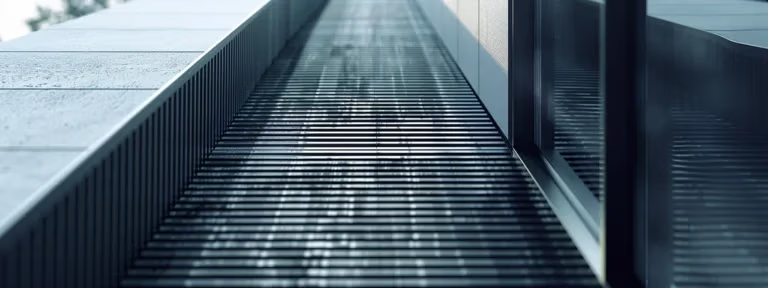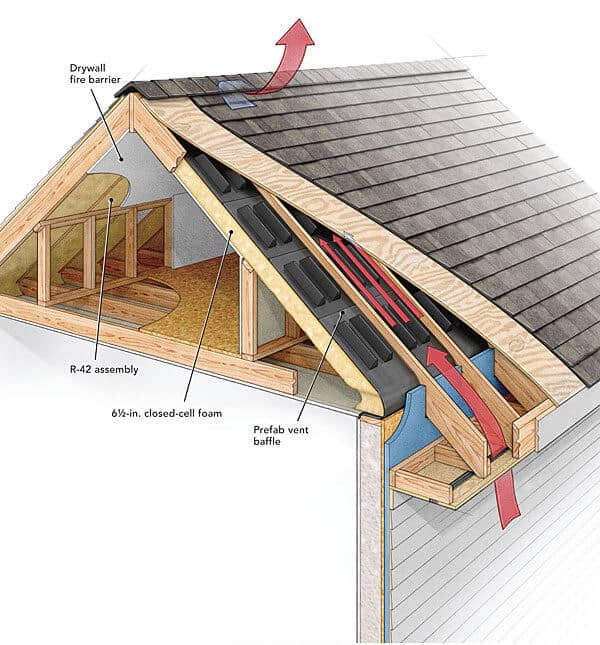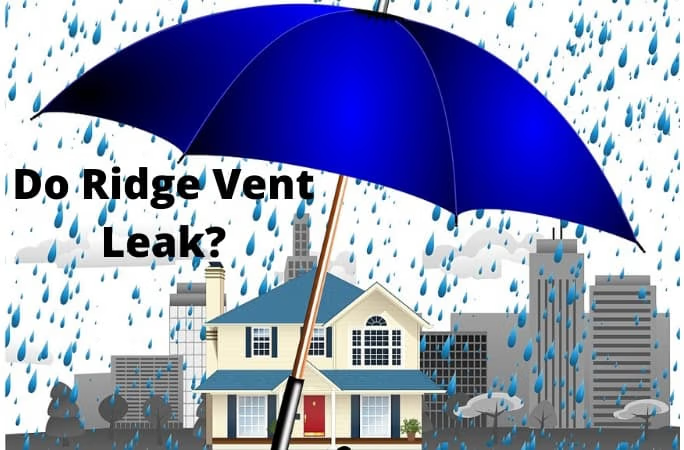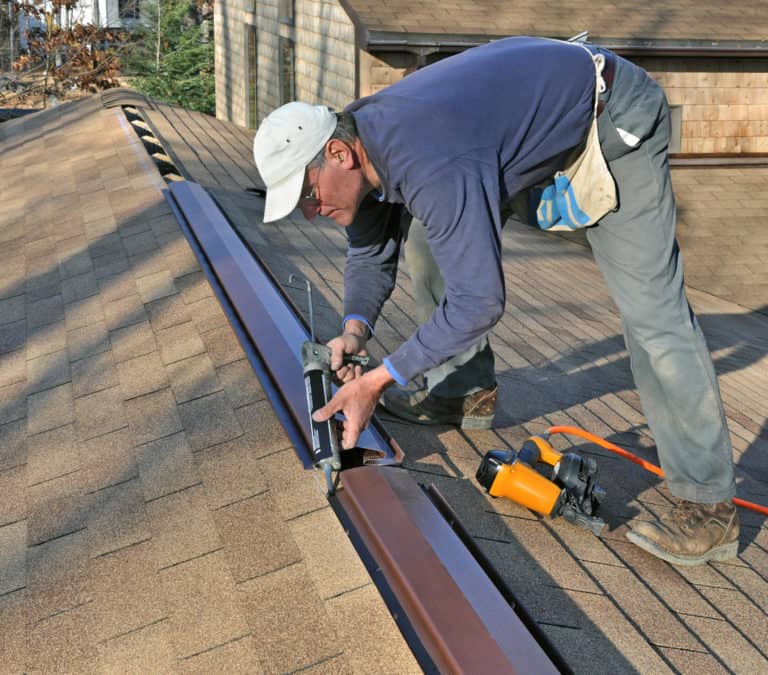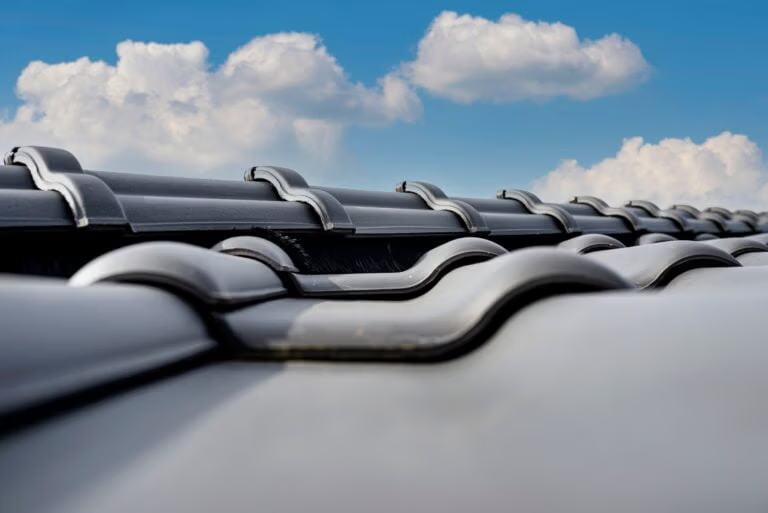ridge vent, snow, dam, heat, water damage, roofer, water, roof, attic, leak, mildew, flat roof, pros and cons of ridge vents, airflow, pest, soffit, roofline, wind, mold, energy, ventilation, ice dam, rain, ice, turbine, humidity, moisture, climate, eaves, ridge, passive ventilation, cost, solar energy, convection, pest control, gable, maintenance, intake, metal roof, roofing, pressure, warm air, debris, wood, efficiency, metal, pollution, investment, space, insurance, life expectancy, refresh, thermostat, moss, risk, air conditioning, electricity, indoor air quality, air pollution, asphalt shingle, building, roofs, solar power, cupola, home improvement, hip roof, aesthetics, wind power, fascia, length, condensation, window, roof tiles, duct, plumbing, attic fan, solar panel, solar, noise, bird, warranty, environmentally friendly, sunlight, hail, budget, wear and tear, exhaust system, louver, construction, longevity
What are the benefits of installing a roof ridge vent?
Here are the key benefits of installing a roof ridge vent:
Improves attic ventilation by allowing hot air to escape from the attic
Helps regulate attic temperature and reduces heat buildup
Can lower cooling costs by reducing the load on the HVAC system
Reduces moisture buildup in the attic, preventing mold and rot
Extends the lifespan of the roof by preventing premature deterioration
Can a roof ridge vent reduce moisture buildup?
Yes, a roof ridge vent can help reduce moisture buildup in the attic by allowing warm, moist air to escape. Ridge vents work in conjunction with soffit vents to create a continuous airflow that ventilates the attic space.
Do roof ridge vents work well in cold climates?
No, roof ridge vents do not work well in colder climates. Ridge vents allow warm, moist air to escape the attic, which can lead to increased heat loss and ice dams forming in cold weather.
Do roof ridge vents meet building code requirements?
Roof ridge vents generally meet building code requirements for proper attic ventilation. Building codes typically mandate a certain amount of net free ventilation area, which ridge vents can provide. However, specific code requirements may vary by location.
Can roof ridge vents help remove moisture?
Yes, roof ridge vents can help remove excess moisture from an attic by allowing hot, moist air to escape. They work in conjunction with soffit vents to create passive airflow that ventilates the attic space.
Does a roof ridge vent increase energy efficiency?
Yes, a roof ridge vent can increase energy efficiency by improving attic ventilation and reducing the buildup of heat and moisture in the attic space, which helps regulate the temperature in the home and reduces the load on the HVAC system.
Are ridge vents durable and long-lasting?
Ridge vents are generally durable and long-lasting, as they are designed to withstand harsh weather conditions. However, their lifespan can be affected by factors like installation quality, weather exposure, and maintenance. Proper installation and periodic inspections can help maximize the ridge vent's durability.
Are ridge vents code-compliant in all regions?
Ridge vents are generally code-compliant, but specific requirements may vary by location. Some regions have climate or building code restrictions that limit the use of ridge vents. Consulting local authorities is recommended to ensure compliance.
Can ridge vents be installed in areas with high winds?
Yes, ridge vents can be installed in areas with high winds. However, proper installation and securing the ridge vent properly is crucial to prevent air leaks and ensure adequate ventilation.
Can roof ridge vents be installed on existing roofs?
Yes, roof ridge vents can be installed on existing roofs. The process typically involves cutting an opening along the roof ridge and installing the vent, which allows for improved attic ventilation.
Are roof ridge vents a DIY-friendly installation?
Roof ridge vents can be installed as a DIY project, but it requires careful planning and execution. It involves cutting a continuous slot along the roof's peak, installing the vent, and properly sealing it. This task may be challenging for inexperienced homeowners and is better suited for professional roofers to ensure proper installation and ventilation performance.
Do roof ridge vents affect roof durability?
Roof ridge vents can impact roof durability in several ways. They create an opening that can allow water and wind infiltration if not properly installed. However, they also improve attic ventilation, which can extend roof lifespan by reducing heat buildup and moisture accumulation.
Are ridge vents more effective than power ventilators?
Ridge vents are generally more effective than power ventilators for attic ventilation. They allow for continuous, passive airflow without the need for electricity, making them a more energy-efficient and reliable option.
Are roof ridge vents more expensive than other vents?
Roof ridge vents are generally more expensive than other venting options like powered attic fans or soffit vents. The cost difference is due to the additional materials and labor required to properly install a ridge vent along the entire roof peak.
Do ridge vents improve ventilation in attics and roof spaces?
Ridge vents can improve attic and roof space ventilation by allowing hot, moist air to escape the attic. They work in conjunction with intake vents, such as soffit vents, to create airflow. However, ridge vents may not be effective in all climates.
Are roof ridge vents compatible with metal roofs?
Yes, roof ridge vents can be used with metal roofs. Ridge vents provide important ventilation for attic spaces, regardless of the roofing material.
When installing a ridge vent on a metal roof, it is important to ensure proper sealing and waterproofing to prevent leaks.
Metal roof ridge vents are available in designs that match the profile and aesthetics of the metal roofing system.
Can a roof ridge vent be used with radiant barrier?
Yes, a roof ridge vent can be used with a radiant barrier. The two systems work together to improve attic ventilation and reduce heat transfer into the home.
Do roof ridge vents come with a warranty?
Most roof ridge vents come with a manufacturer's warranty, typically ranging from 10 to 50 years, covering defects in materials and workmanship. The warranty length can vary by brand and model.
Are ridge vents suitable for all types of roofing materials?
Ridge vents may not be suitable for all roofing materials. They work best on asphalt shingle, metal, and tile roofs. Flat or low-slope roofs may require alternative ventilation methods.
Can a roof ridge vent reduce cooling costs?
Yes, a roof ridge vent can help reduce cooling costs by allowing hot air to escape the attic, reducing the burden on air conditioning systems. The ventilation helps regulate temperatures in the home.
Do roof ridge vents reduce attic temperature?
Yes, roof ridge vents can help reduce attic temperature by improving airflow and ventilation in the attic. Ridge vents allow hot air to escape the attic, preventing heat buildup and reducing the strain on cooling systems.
Are roof ridge vents effective in hot climates?
Ridge vents may not be as effective in hot climates, as they rely on natural airflow to ventilate the attic. In warmer regions, the temperature difference between the attic and outside may not be sufficient to create adequate airflow through the ridge vent.
Are roof ridge vents suitable for all roof types?
Roof ridge vents are not suitable for all roof types. They work best on pitched roofs with adequate roof slope and airflow. They may not be effective on flat or low-slope roofs.
Are ridge vents more expensive than other ventilation options?
Yes, ridge vents are generally more expensive than other roof ventilation options like roof cap vents. Ridge vents require more extensive installation and materials, leading to higher overall costs.
Do roof ridge vents really reduce energy costs?
Roof ridge vents can help reduce energy costs by improving attic ventilation, which helps regulate temperatures and moisture levels. However, the effectiveness depends on climate, insulation, and proper installation.
Can roof ridge vents help reduce ice dams?
Yes, roof ridge vents can help reduce ice dams by improving attic ventilation. Ridge vents allow warm, moist air to escape the attic, preventing heat buildup that can lead to ice dam formation on the roof.
Do ridge vents affect the appearance of the roof?
Ridge vents can slightly affect the appearance of the roof, as they create a raised, linear feature along the roof peak. However, modern ridge vent designs are low-profile and can blend in well with the overall roofing aesthetic.
Can a roof ridge vent be painted to match roof color?
Yes, roof ridge vents can be painted to match the roof color. This can help the vent blend in visually with the roof and provide a more aesthetically pleasing appearance.
What are the advantages of installing ridge vents on a roof?
Ridge vents allow for improved attic ventilation, which helps regulate temperature and reduce moisture buildup.
They can improve energy efficiency by facilitating airflow and preventing heat buildup in the attic.
Ridge vents can enhance the appearance of the roof by providing a low-profile, seamless ventilation solution.
Can ridge vents be installed on existing roofs or new ones?
Ridge vents can be installed on both existing roofs and new roofs. They are designed to work with the roof structure, providing continuous ventilation along the entire length of the roof ridge. Installation on existing roofs may require additional modifications to ensure proper integration with the existing roof system.
Can ridge vents reduce moisture buildup in attics?
Yes, ridge vents can help reduce moisture buildup in attics by allowing warm, moist air to escape from the attic space. This helps prevent issues like mold, mildew, and structural damage caused by excess moisture.
Can roof ridge vents affect roof appearance?
Yes, roof ridge vents can affect roof appearance. Ridge vents are visible features on the roof and their size, style, and placement can impact the overall aesthetics of the roof. Homeowners should consider the visual impact when deciding on ridge vent installation.
Do roof ridge vents reduce roof leaks?
Roof ridge vents can help reduce roof leaks by allowing proper attic ventilation, which helps prevent moisture buildup and ice dams that can lead to leaks. However, improper installation or clogging of the vents can also cause leaks.
What are the benefits of installing roof ridge vents?
Improves attic ventilation to reduce heat buildup and moisture issues
Helps maintain insulation effectiveness by preventing attic moisture
Allows for better air circulation and reduces risk of mold and mildew
Can extend the lifespan of the roof and reduce energy costs
Can roof ridge vents help prevent roof damage?
Roof ridge vents can help prevent roof damage by improving attic ventilation. They allow hot, moist air to escape the attic, reducing the buildup of heat and moisture that can lead to issues like mold, rot, and ice dams.
How do ridge vents impact energy efficiency in buildings?
Ridge vents can improve energy efficiency by allowing hot air to escape the attic, reducing the load on the HVAC system. However, they must be properly installed to avoid air leaks that can decrease efficiency.
Do roof ridge vents enhance home value?
Roof ridge vents can enhance home value by improving attic ventilation and energy efficiency. Proper ventilation prevents moisture buildup and reduces heating/cooling costs, which are attractive features for homebuyers.
How do ridge vents withstand extreme weather?
Ridge vents are designed to withstand extreme weather conditions. They feature reinforced construction and sealing mechanisms to prevent water intrusion and maintain ventilation during high winds, heavy rain, and snowstorms.
Do ridge vents provide adequate roof ventilation?
Ridge vents can provide adequate roof ventilation when properly installed and combined with soffit vents to create airflow. However, they may not be effective in all climates or roof designs. Proper ventilation depends on the specific home's needs.
Is specialized maintenance needed for ridge vents?
Yes, ridge vents require specialized maintenance. They should be inspected periodically for obstructions, damage, and proper airflow. Keeping ridge vents clear and functional is essential for effective attic ventilation.
How are ridge vents installed on roofs?
Ridge vents are installed along the roof's peak by cutting a continuous vent slot in the roof sheathing.
Vent panels or a specialized ridge vent product is then secured over the slot, allowing hot air to escape the attic.
Proper installation ensures the ridge vent is sealed and integrated with the roof's shingles or other roofing material.
Do ridge vents protect against weather infiltration?
Ridge vents can help protect against weather infiltration by allowing hot air to escape the attic and promoting air circulation. However, they must be properly installed to be effective in this regard.
ridge vent roof pros and cons, roof ridge vent problems, roof ridge vent pros cons, pros and cons of ridge vents, roof ridge vents pros and cons, ridge vents pros and cons, ridge vent roof pros cons, roof peak vents, ridge vents on roof pros and cons, ridge vent pros and cons, roof ridge vent, what is the best type of ridge vent to use, asphalt shingle ridge vent, cover reach roofing, roof ridge vent vs turbine, are ridge vents good or bad, house ridge vent, ridge vent roof

